With each passing year, the list of animals and plants pushed to the brink of extinction grows longer. Each new entry into the Red List is not just an individual lost from the wild, but also a broken link in an ecosystem shaped by millions of years of evolution.
As habitats are ravaged by over-exploitation, widespread pollution and climate change, the adaptive abilities of many species are no longer sufficient to sustain their survival.
Here are five insects that were once familiar to the previous generation, but will likely be completely absent from the childhood memories of Gen Alpha (those born between 2010 and 2025).
Haircut
The generation that grew up in the Vietnamese countryside is no stranger to the long shape and the characteristic curved beard of the hair clipper. Hair clipper is the common name for species in the family Cerambycidae. In folklore, hair clippers were once called “wood-boring beetles”.
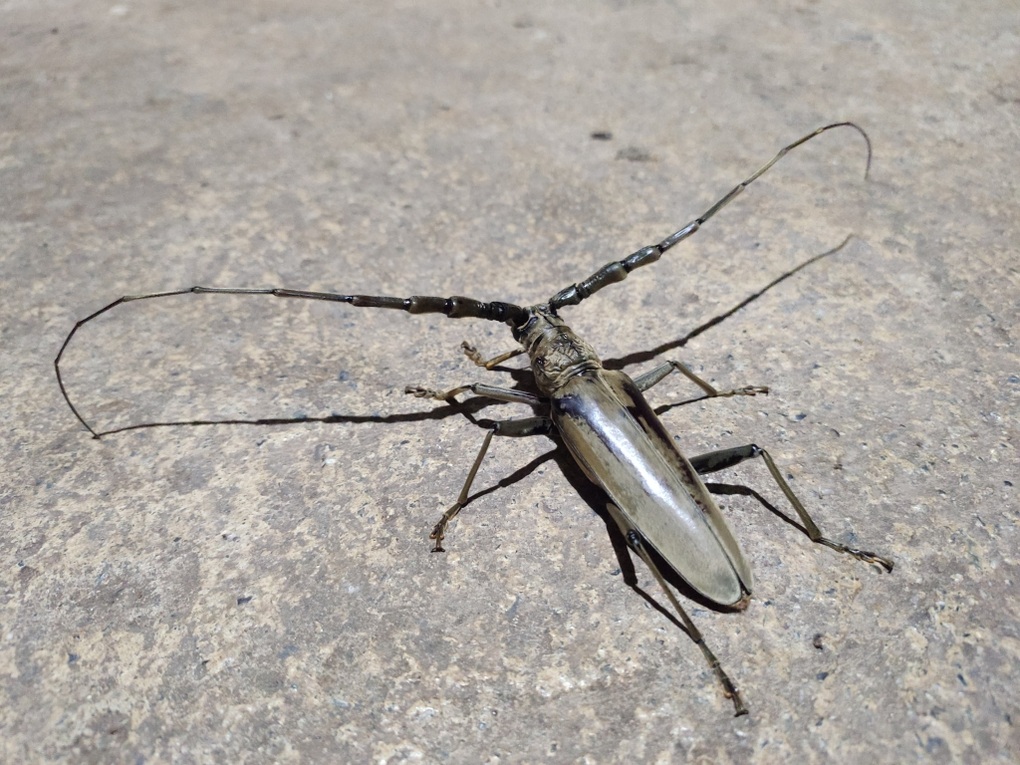
The Indochinese giant hogtail is a species listed as endangered in the Vietnam Red Book published by the Vietnam Academy of Science and Technology in 2023 (Photo: Getty).
According to scientific documents, Vietnam has recorded more than 1,200 species of Cerambycidae, distributed mainly in natural forests in the North, Central and Central Highlands.
However, in recent years, some species in this family have become increasingly rare, mainly due to habitat loss and over-exploitation of forests. Among them is Neocerambyx vitalisi, also known as the Indochinese giant shearwater.
This species has been recorded in the watch list of the Vietnam Red Book published by the Vietnam Academy of Science and Technology in 2023, considered a species with a narrow distribution range and at risk of population decline if not protected.
Water bugs
In the Northern countryside, every rice harvest season, many people have seen water bugs running around in panic on the rice fields that have just been flooded.
Male water bugs have a pair of glands in their abdomen that secrete a characteristic spicy essential oil. This essential oil contains (E)-2-hexenyl acetate, which smells like cinnamon and is used by people as a precious spice, especially in the water bug fish sauce used to dip rice rolls and wet rice cakes.
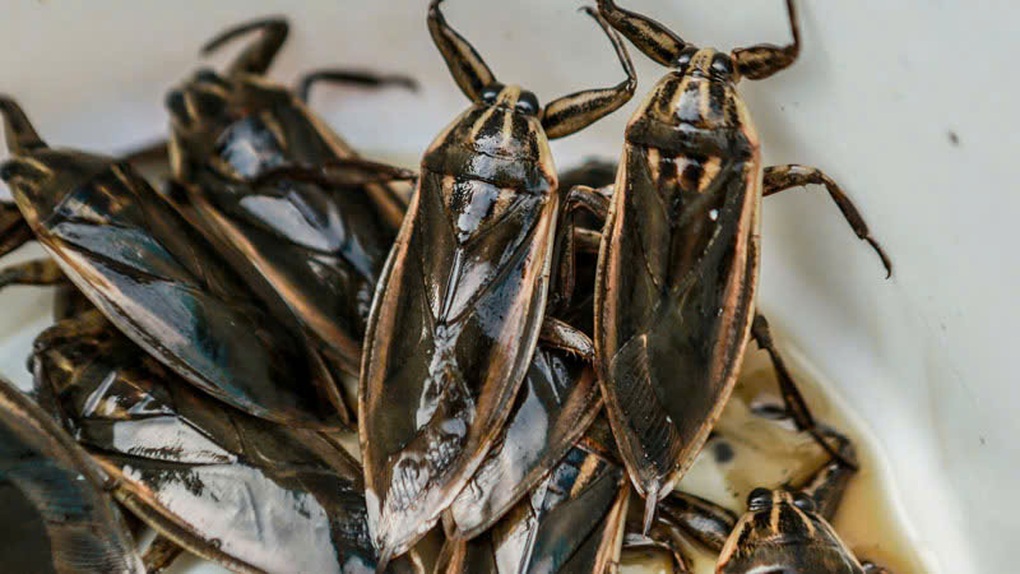
Water bugs were once a "specialty" of the countryside but are now quite rare (Photo: Getty).
The scientific name of the water bug is Lethocerus indicus, belonging to the Belostomatidae family, Hemiptera order. Although called an “insect”, the adult water bug can grow up to 12cm long, making it one of the largest aquatic insects in the world .
Previously, water bugs were quite common in the delta provinces, especially in the North. However, water pollution, the use of agricultural chemicals and the decline of natural water bodies have caused the number of species to decline significantly.
According to the Vietnam Red Book, water bugs are in the Vulnerable group (VU), with their wild populations continuing to shrink if there are no timely protection measures.
Dragonfly
For a long time, dragonflies have been associated with Vietnamese people's lives. Not only are they insects, dragonflies are also "weather forecasting tools".
Folklore says: "Dragonflies flying low means rain, flying high means sunshine, flying in between means clouds" - an experience passed down by word of mouth for many generations.
Their thin, transparent wings, bulging eyes, and irregular flight make dragonflies a vibrant part of the peaceful countryside.
However, those memories are at risk of becoming nostalgia.
According to the latest report from the International Union for Conservation of Nature (IUCN), at least 16% of the more than 6,000 species of dragonflies, especially damselflies, are currently facing extinction.

Dragonflies are animals that appear in Vietnamese proverbs with the meaning of weather forecasting (Photo: Getty).
The actual figure could be even higher, with expert Craig Hilton-Taylor saying current data is lacking and the threat rate could be as high as 40%.
The main causes are the destruction of wetlands, conversion of forests into plantations, and uncontrolled urbanization. In addition, agricultural chemicals, industrial waste, and climate change are also pushing aquatic ecosystems into imbalance.
Praying Mantis
Standing with its front legs clasped as if in prayer, the mantis is popularly known as the "heavenly horse".
They hide, observe, and then strike quickly to destroy aphids, worms, flies, and many other harmful insects. Thanks to their effective hunting instincts, praying mantises are considered a great help to farmers in natural pest control.
Praying mantises belong to the order Mantodea, of which the European mantis (Mantis religiosa) has been recorded in Vietnam. However, according to the official versions of the Vietnam Red Book (2007 and 2024), this species is not yet listed as threatened.
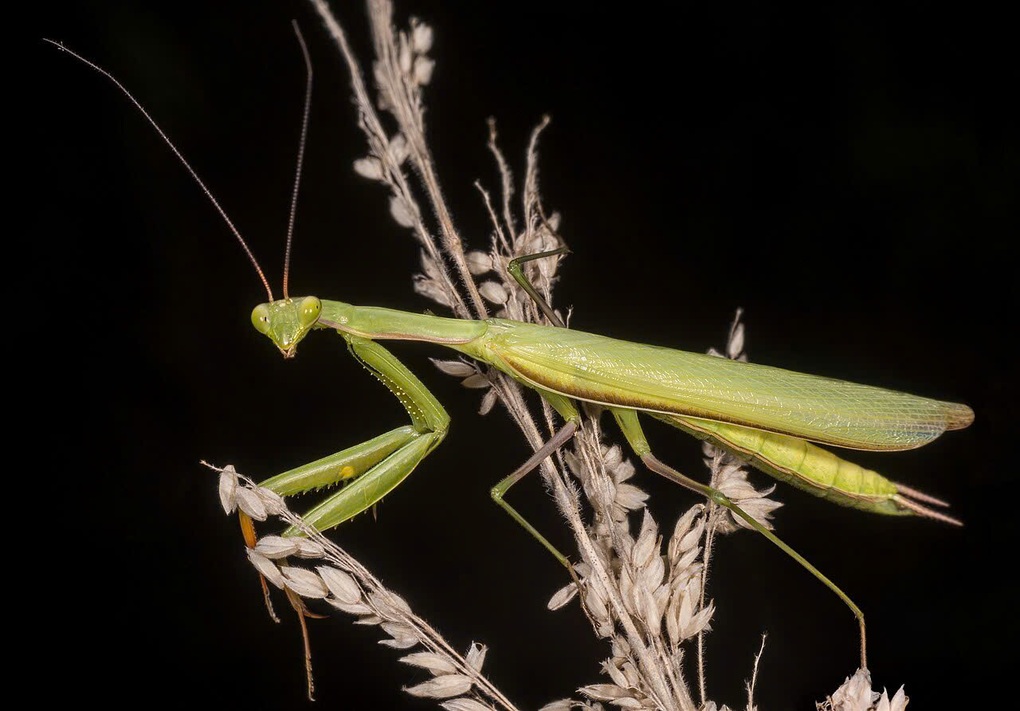
Praying mantises are not currently listed in the Red Book but are facing the risk of declining numbers in the wild due to the impact of pesticides and habitat degradation (Photo: Getty).
Several articles from 2011 and 2020 have mentioned the possibility of protection consideration, but to date there has been no scientific basis or official decision to confirm this. The information that the mantis has been listed as Vulnerable (VU) is incorrect.
Although not yet listed in the Red Book, mantises are still facing the risk of decline in the wild due to widespread pesticide use and habitat degradation.
Firefly
Fireflies, with their magical ability to glow, have long been a symbol of peaceful summer nights and beautiful childhood memories in the hearts of many people.
The gradual disappearance of these shimmering spots of light is a direct result of human impact. There are several main causes for their decline.
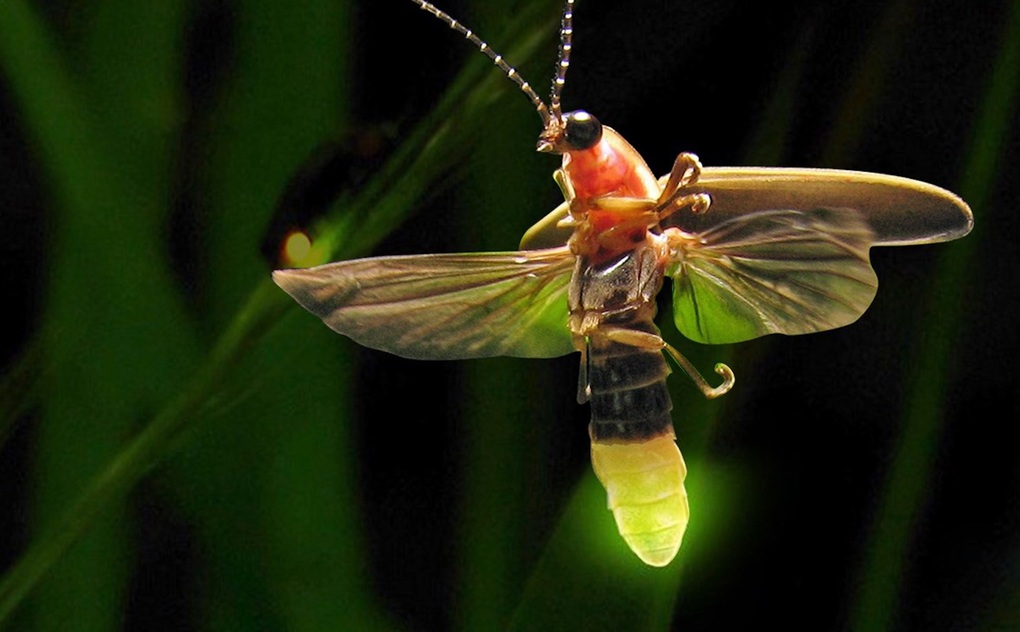
Fireflies are insects that symbolize peaceful summer nights, but are gradually disappearing due to the impact of human activities (Photo: Getty).
First is habitat loss due to urbanization, agricultural expansion and infrastructure that wipes out wetlands. Next is light pollution that disrupts their light signals, hindering mating.
Pesticides and toxic chemicals also kill both adult and larval fireflies. Finally, climate change, with changes in temperature and rainfall, disrupts the life cycle and lighting behavior of these species.
According to many international conservation organizations, several species of fireflies have been listed as endangered or threatened.
Source: https://dantri.com.vn/khoa-hoc/gen-alpha-co-the-khong-biet-5-loai-con-trung-tung-la-tuoi-tho-cua-cha-me-20251018073555321.htm


![[Photo] National Assembly Chairman Tran Thanh Man attends the VinFuture 2025 Award Ceremony](/_next/image?url=https%3A%2F%2Fvphoto.vietnam.vn%2Fthumb%2F1200x675%2Fvietnam%2Fresource%2FIMAGE%2F2025%2F12%2F05%2F1764951162416_2628509768338816493-6995-jpg.webp&w=3840&q=75)


![[Photo] 60th Anniversary of the Founding of the Vietnam Association of Photographic Artists](/_next/image?url=https%3A%2F%2Fvphoto.vietnam.vn%2Fthumb%2F1200x675%2Fvietnam%2Fresource%2FIMAGE%2F2025%2F12%2F05%2F1764935864512_a1-bnd-0841-9740-jpg.webp&w=3840&q=75)




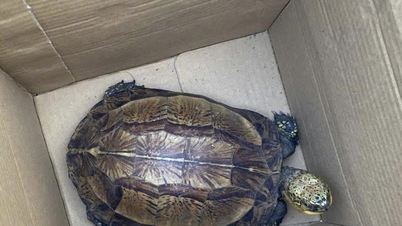

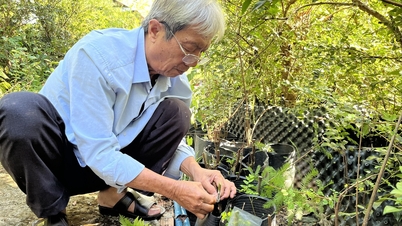
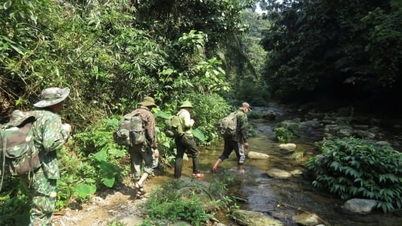

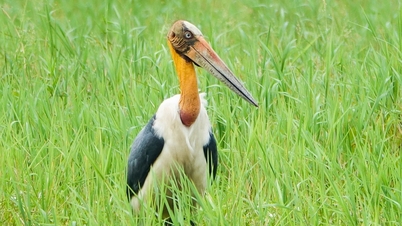
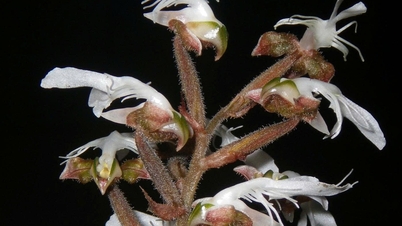



















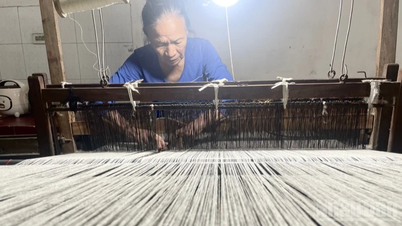


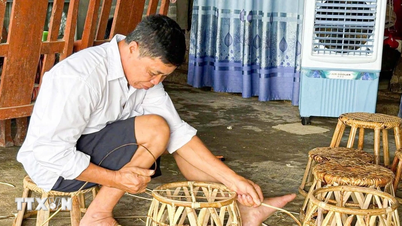

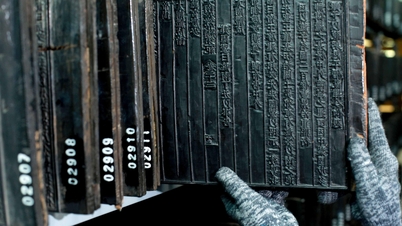















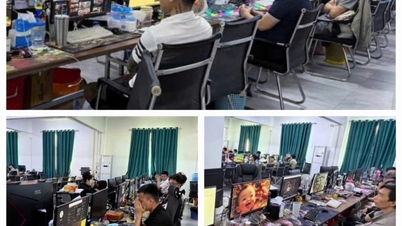
























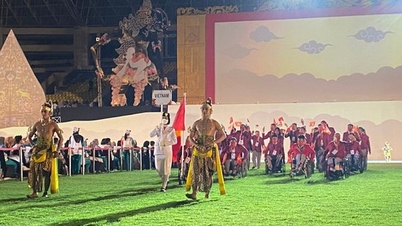
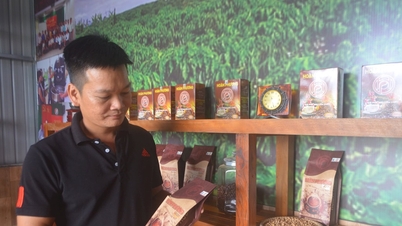

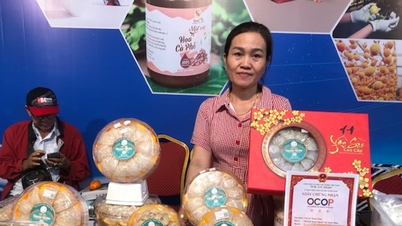
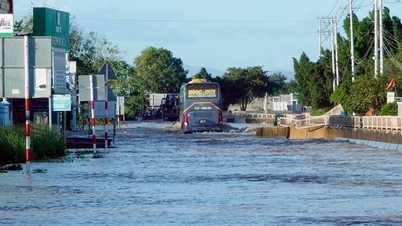



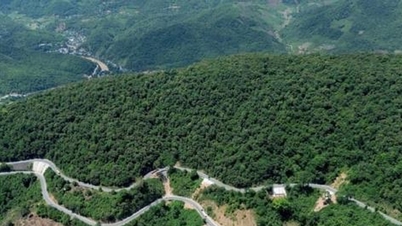
















Comment (0)